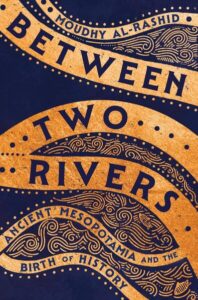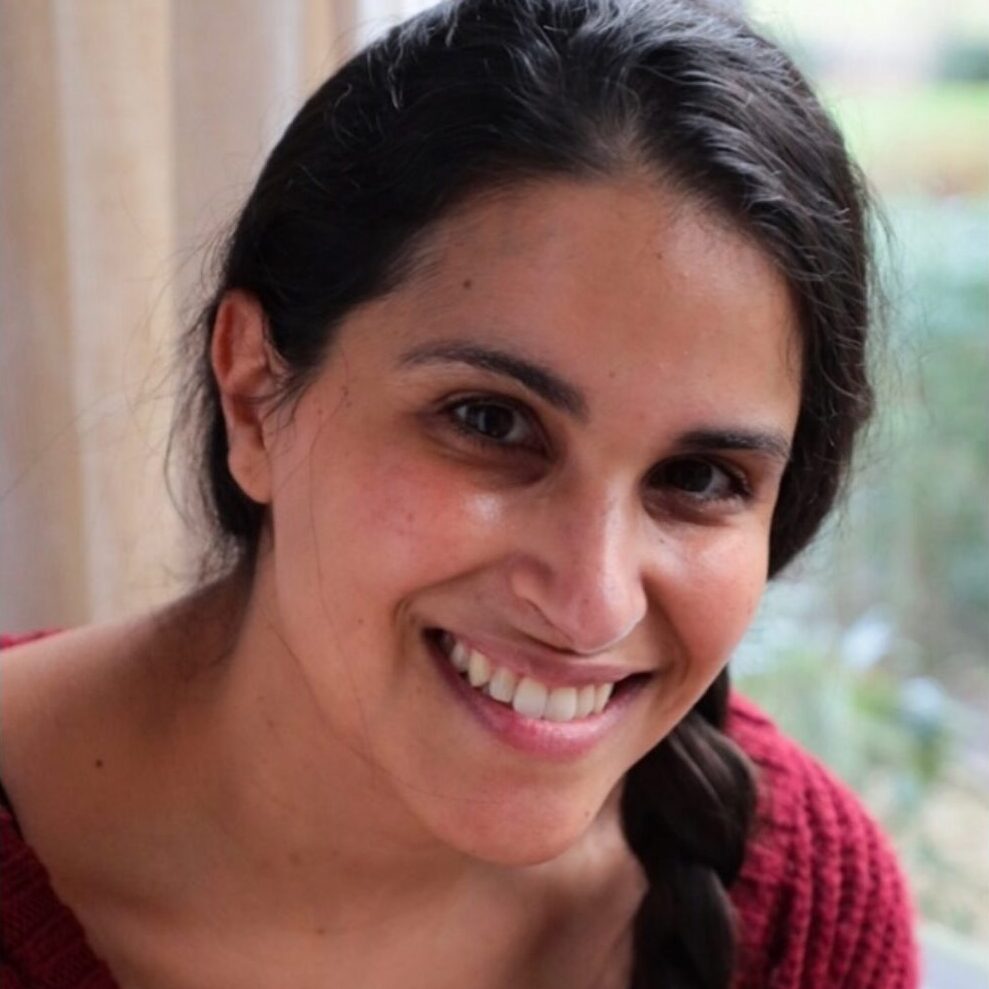Mesopotamia is having a moment. Moudhy Al-Rashid’s Between Two Rivers: Ancient Mesopotamia and the Birth of History, joins among others Land Between the Rivers: A 5,000-Year History of Iraq by Bartle Bull, The Center of the World: A Global History of the Persian Gulf from the Stone Age to the Present by Allen James Fromherz and, some more esoterically, Enheduana: The Complete Poems of the World’s First Author by Sophus Helle, all released in the last 12 months or so.
The subject, thank goodness, is extensive and fascinating enough to fill many books. Bull wishes to draw a line between Mesopotamia and the modern country of Iraq, and in doing so lays out the chronology of the Sumerians, Akkadians, Assyrians, Medes and Babylonians. Fromherz also covers the same period, but more from the vantage point of Ur and the south. Helle dedicates a book to Mesopotamian high priestess Enheduana, arguably the first author we know by name; she figures highly in Al-Rashid’s book as well.
Al-Rashid opens with a discussion of what might have been the “first museum”.

Land Between the Rivers takes a thematic rather than chronological approach to a period of some three millennia of history. Al-Rashid opens with a discussion of a room in the 6th-century BCE palace of Princess Ennigaldi-Nanna that might have been the “first museum”: it contained disparate objects from previous centuries and
a small cylindrical piece of clay that had been inscribed in the written dialect in use at the time the palace was built… Its inscription described another object that was itself now nowhere to be found: a brick dated to around 2100 BCE (about 1,500 years before the construction of the palace) that had been covered with an inscription written in Sumerian … In an attempt to reprise the long-dead Sumerian language, the scribe … had also copied the brick’s original inscription, but with a handful of errors. The language of the brick’s inscription, after all, would have been as ancient to him as he is to us.
This looked for all the world like an exhibition caption. Al-Rashid expresses some cautious professional scepticism about the exact analogy being drawn here, but seems in no doubt that here were people who looked at history much the way we do today.
Subsequent chapters deal with the start of writing, bricks and building, people (schools and students, kings and slaves, traders and pub-keepers, astronomers and diviners), science, the role of women, art and war. There are of course monuments and dynasties, but above there is the marvel of cuneiform and the hundreds of thousands of tablets and other inscriptions which remain. These include not just regal pronouncements, poetry and mathematical treatises but letters, receipts, schoolboy exercises and lullabies: the stuff of everyday life.
We know more about the activities of Ishunnatu, the enslaved woman who ran a tavern, than we do about those of Queen Puabi who leaves behind only a few AA battery-sized seals to tell us anything concrete about her identity.
This is not a history of dynasties, kings and battles.
Al-Rashid does not, admittedly, look at the material dispassionately (her toddler daughter’s favourite bedtime story is Gilgamesh) but her empathy and, on occasion, infectious enthusiasm for the people of that far-off time brings them to life: very different people, yes, but also wholly, if sometimes somewhat oddly, recognisable.
It’s not that Al-Rashid isn’t rigorous—quite the opposite—but rather her book yields more a set of inter-related impressions than a collection of facts. She does put a timeline at the end, however and all the artifacts she mentions are listed with reference numbers (some photos would not have gone amiss).
This is not, in other words, a history of dynasties, kings and battles; she doesn’t entirely eschew chronology, but dates aren’t really the point. The various Sumerian, Akkadian, Assyrian, Babylonian, neo-Assyrian, neo-Babylonian periods and empires are all mentioned, but more as modifiers or markers than subjects. Ashurbanipal gets a look in, but less coverage than the poet-priestess Enheduanna. Nor is Land Between the Rivers a treatise on civilizational development. The invention of writing aside, epochal developments such as the wheel, kingship, mathematics, diplomacy and the like, as well as the use of everything from bitumen to beer, are mentioned as part of other discussions rather than as subjects on their own.
Mesopotamia deserves its moment.
Al-Rashid herself is originally from Saudi Arabia and is now at Oxford where, among other things, she teaches Akkadian: one senses there’s a story here as well and there are many hints of it in the book. Indeed, Land Between the Rivers follows the current predilection for making books “accessible” through personal anecdote and contemporary analogy. Among the various personal vignettes which include her daughter, her dog, visits to the British museum and Covid, Al-Rashid includes (perhaps inadvisedly given the current political climate) one when she, as an international student at Columbia in New York City, went out protesting the Iraq War. She includes pop-culture references to Amazon, Jimmy Kimmel, iPhones and Cornetto ice-creams. Rather than an asterisk between sections, there is the star-shaped Sumerian cuneiform sign diĝir meaning god, sky, heaven: I looked it up; it helps to keep the web browser open to look for photos and deeper dives on the subjects, places, objects and people mentioned.
Mesopotamia deserves its moment and it deserves historians like Moudhy Al-Rashid. But if you like this book, you’ll need to read another one with the timeline at the front.


You must be logged in to post a comment.